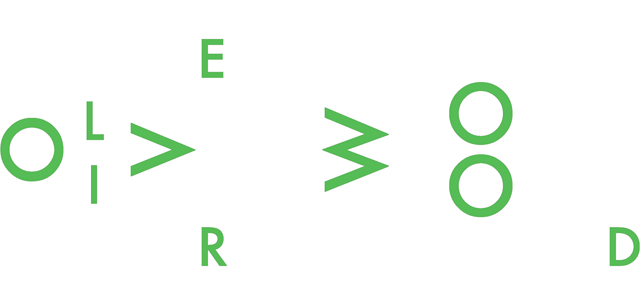(TOMATSU, Shomei et al). Ken Kikan 1-3 (all published). Tokyo: Shaken, June 1970-January 1971. - ON HOLD
is on back order
(TOMATSU, Shomei) SAWANO, Yoshio; Masatoshi Naito; Tsunehisa Kimura (eds).
Ken Kikan 1-3 (all published).
Tokyo: Shaken, June 1970-January 1971.
3 vols. (228 × 187 mm), pp.148; [iv], 158, [2]; [iv], 144. Side-stapled. Black-and-white illustrated wrappers; light toning to spines, light wear and toning to edges, minor foxing to inside wrappers, preliminary and end pages. Issue 1 has a vertical crease to front wrapper at spine. Issue 2 has a manufacturing crease to spine and ink mark to covers. Issue 3 with a small chip to foot of spine. Red ink stamp to top edge of issues 2 and 3. A very good set.
First editions, a complete set of this important periodical. For each issue, Shomei Tomatsu selected a different editor, each of whom was from a different background. The first issue was edited by Yoshio Sawano, an amateur photographer and banker who had recently graduated from the University of Tokyo; the second was by the photographer and amateur folklorist Masatoshi Naito; the third by graphic designer and writer Tsunehisa Kimura.
The first issue, titled ‘Ah! Banpaku’ centred around a broad criticism of the Osaka World Exposition (1970). The second was titled ‘Grudge and Madness,’ and focused on those who lived in geographical and societal peripheries. The third, and final, issue was titled ‘My Struggle,’ and was concerned with the perceived rise of fascism in the press. Contributors include Shomei Tomatsu, Nobuyoshi Araki, Takuma Nakahira, Daido Moriyama, Koji Taki, Masahisa Fukase, Masatoshi Naito, Kazuo Kitai, et al.
In the manifesto, Tomatsu explains that the magazine’s title derives from a number of words that encompass the sound ken such as tanken [an expedition], riken [rights and interests], moken [a fierce dog], roken [exposé]. Finally declaring that 'Ken means ken, or “seeing,” for us who insist on seeing.’
Yasafumi Nakamori, ‘Decentered Voices: Post-Provoke Independent Photography Magazines,’ For a New World to Come: Experiments in Japanese Art and Photography 1968-1979.







